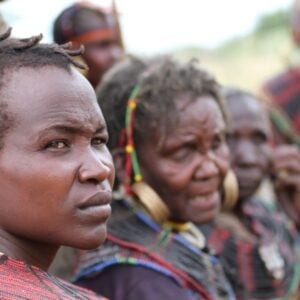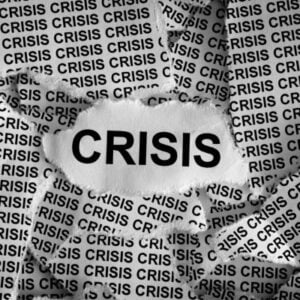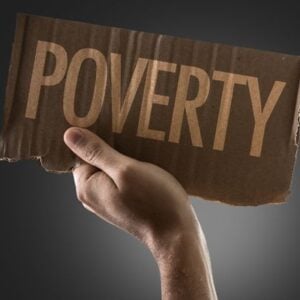Geneva/Khartoum, 23 October 2025 – Over one million people have returned to Khartoum between November 2024 and September 2025, according to a new report by the International Organization for Migration (IOM). These return movements reflect both the resilience of Sudanese families and the fragile conditions they face, as homes and infrastructure remain damaged and basic services are limited. IOM’s Deputy Director General for Operations, Ugochi Daniels, emphasized that while returnees show remarkable determination, urgent investment in health care, clean water, and essential services is critical to support sustainable recovery amid the spread of cholera, dengue, and malaria.
Khartoum alone still hosts over 3.77 million displaced persons, meaning that current returns account for only about 26 per cent of the total displaced population from the state. An estimated 2.7 million more people may return depending on security and humanitarian conditions. Across Sudan, IOM recorded 2.6 million return movements during the same period, including more than two million internal returnees and over 520,000 returnees from abroad, mainly from Egypt, South Sudan, and Libya.
Despite some areas experiencing relative security, the humanitarian situation remains dire. Many returnees are living in damaged homes or collective centres with limited access to clean water, health services, and protection. Slightly more than half of returnees are in rural areas, and nearly half are children under 18 years old, highlighting the scale of vulnerability among those returning.
Elsewhere in Sudan, conditions are catastrophic, particularly in Al Fasher, the besieged capital of North Darfur. More than one million people have fled the city since the start of the conflict, with many settling in overcrowded hubs such as Tawila. Those unable to flee face indiscriminate attacks, sexual violence, and malnutrition, with some resorting to eating animal feed to survive.
IOM has called on the international community to urgently scale up support for Sudan’s recovery and continues to work with partners to deliver life-saving assistance while strengthening data collection for informed response planning. The Sudan Return Monitoring Snapshot, part of IOM’s global Displacement Tracking Matrix, provides critical information to guide humanitarian interventions and support sustainable solutions for displaced populations.







